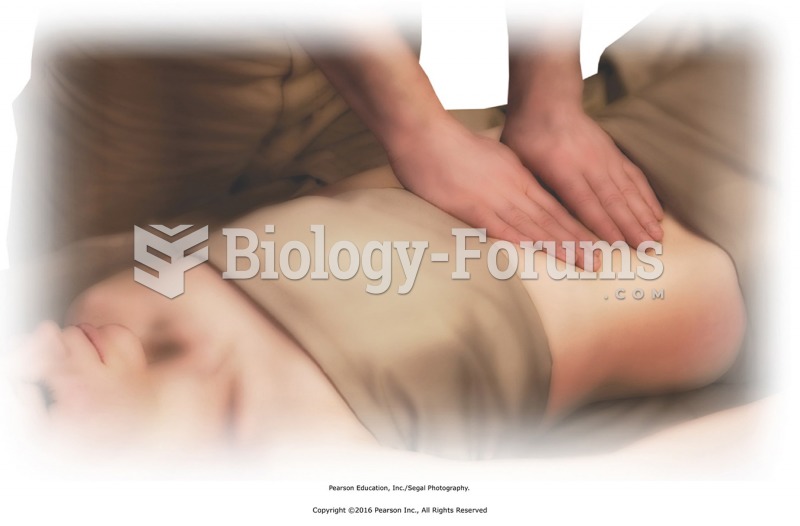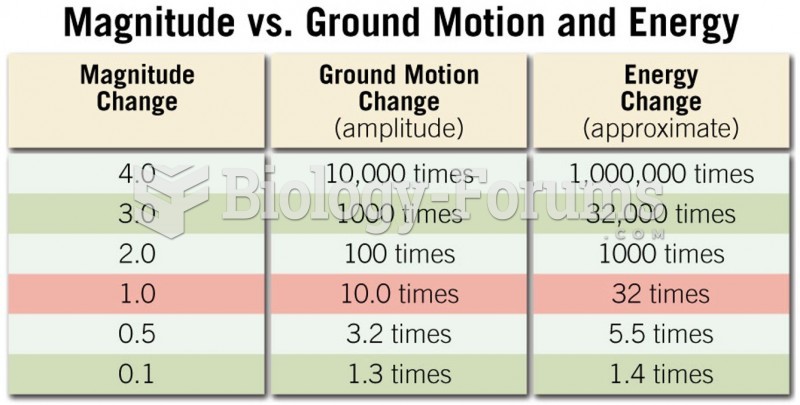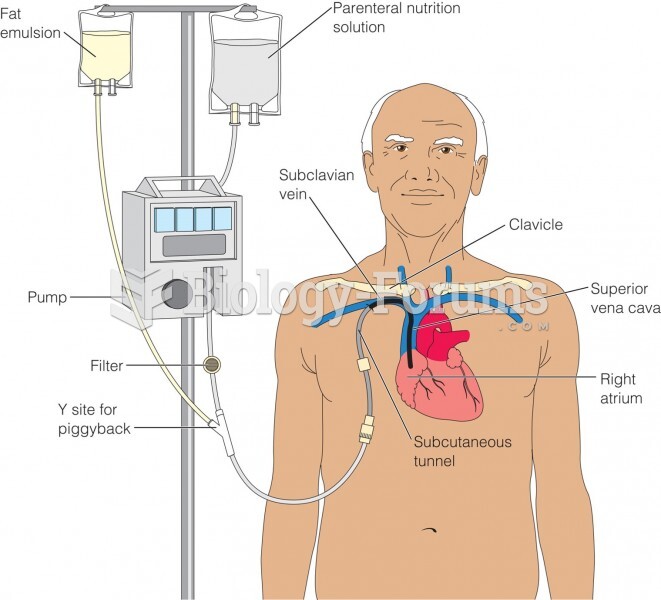|
|
|
Stevens-Johnson syndrome and Toxic Epidermal Necrolysis syndrome are life-threatening reactions that can result in death. Complications include permanent blindness, dry-eye syndrome, lung damage, photophobia, asthma, chronic obstructive pulmonary disease, permanent loss of nail beds, scarring of mucous membranes, arthritis, and chronic fatigue syndrome. Many patients' pores scar shut, causing them to retain heat.
The liver is the only organ that has the ability to regenerate itself after certain types of damage. As much as 25% of the liver can be removed, and it will still regenerate back to its original shape and size. However, the liver cannot regenerate after severe damage caused by alcohol.
The ratio of hydrogen atoms to oxygen in water (H2O) is 2:1.
To combat osteoporosis, changes in lifestyle and diet are recommended. At-risk patients should include 1,200 to 1,500 mg of calcium daily either via dietary means or with supplements.
The newest statin drug, rosuvastatin, has been called a superstatin because it appears to reduce LDL cholesterol to a greater degree than the other approved statin drugs.
 Sociologists disagree about the relative significance of race and social class in determining social ...
Sociologists disagree about the relative significance of race and social class in determining social ...
 The chemical synapse. Step 1: The impulse travels down the axon. Step 2: Vesicles are stimulated to ...
The chemical synapse. Step 1: The impulse travels down the axon. Step 2: Vesicles are stimulated to ...





